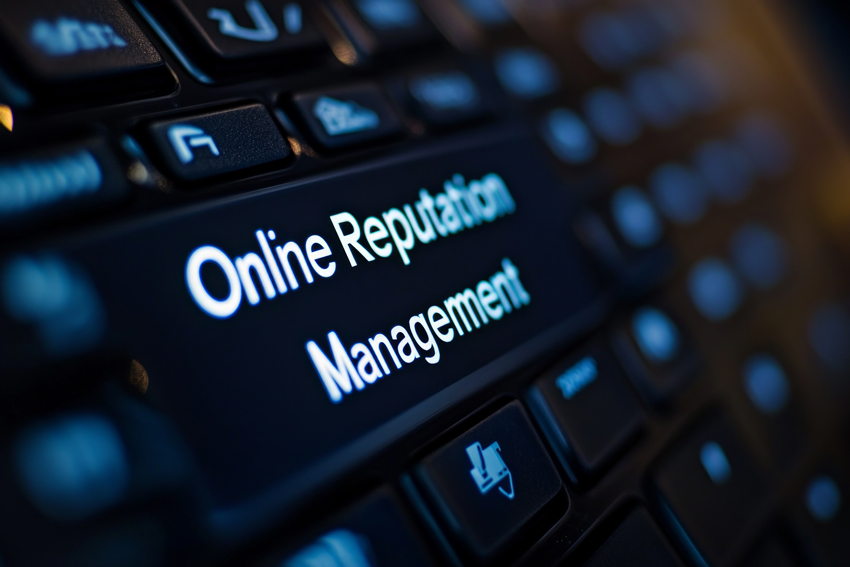Reputational Management: When the time comes to break up with Twitter (X), here’s how to do it safely
Reputational Management: When the time comes to break up with Twitter (X), here’s how to do it safely
By Gina F. Rubel
If you or your firm have been active on Twitter (now called X) for more than a decade, you no doubt remember the platform’s halcyon days.
Introduced to the public on July 15, 2006, Twitter was initially positioned as a micro-blogging site. But it grew over time to become a town square that spanned the globe, sharing news, quips, observations, and real-time political and social events 140 characters at a time.
Many lawyers and law firms found it a useful platform from which to maintain a prominent public presence, to display expertise on legal topics of the day, and to bolster digital marketing efforts. A survey last year by the American Bar Association indicated that about a quarter of lawyers used Twitter/X professionally in 2023.
But critics say today’s X bears little resemblance to the old Twitter. They contend it has become a stew of misogyny, hate, and misinformation due in large part to a proliferation of anonymous, fake accounts called bots and the abandonment of content moderation.
Many argue that X is vulnerable to hacks and data leaks, while also having great concerns about the platform’s general lack of privacy for users. In January 2023, Silicon UK reported that owner Elon Musk “radically diminished [the] trust and safety team that handles global content moderation.” According to the Anti-Defamation League (ADL), Twitter/X has become a hotbed for extremist influencers, in part due to the monetization of its verification system.
Unpopular service terms changes
In addition, a recent change in service terms requires users to allow their posts to be appropriated “for use with and training of our machine learning and artificial intelligence models, whether generative or another type; and (ii) to make Content submitted to or through the Services available to other companies, organizations or individuals.”
That combination has driven users from X. According to Mashable, “[the] month of October (2024), X saw a drop in anywhere from 300,000 to 2.6 million daily active users in the U.S. each day. Since early October, daily active U.S. users have fallen from 32.3 million to 29.6 million, a drop of 8.4 percent.”
Some users are leaving for political reasons, citing the money that Musk poured into the platform to help re-elect Donald Trump as president. Others are leaving because they don’t want Musk to own their content. Still others feel that staying active on X creates a reputational risk due to an association with harmful or inappropriate content.
Why deleting an X account could be problematic
If you or your firm have decided to leave Twitter/X, keep in mind that the best way to do it requires patience and some work.
Jake Peterson, senior technology editor for Lifehacker, advises users not to simply delete their accounts because that risks allowing bad actors to make off with your brand. Accounts that are deactivated go into a sort of limbo for 30 days, after which they are deleted. That means your former username might become available to whomever might want it – which poses a huge reputational risk.
“Obviously, this issue is most pressing for those with public personas. If you delete your X account and someone takes over your handle, they can tweet as if they were you,” writes Peterson. “Worse yet, with X Premium, they have the potential to ‘verify’ themselves with a blue check. To the average X user, the tweets from this account would look like they were coming from you, no matter what the new owner of the account is posting.”
Instead, Peterson recommends that users scrub their profiles, then make them private. That way, people protect their content from use by AI or any other applications, and they no longer risk the reputational backlash of remaining active on an unstable online platform.
The specifics on safely erasing an X account:
- Download a copy of your Twitter/X data.Log into your account. In the left sidebar, click the “More” icon. Select “Settings and privacy.” Click “Your account,” then “Download an archive of your data.” You’ll need to verify your password and account.
- Wait for the archive to arrive. Twitter/X will send you an email or in-app notification when your archive is ready. In the tests we’ve done, it has taken about 24 hours for the archive to be ready. When you receive the notice, log back in to the platform and download the archive. It will be a .zip file with two folders: Assets and Data; the Data folder contains your tweets, media, and other information.
- Delete all posts. If you only have a handful of posts, deleting them one by one isn’t a problem. But if you were active on the platform for years, you’ve created a treasure trove of data. In that case, it may be more efficient to use a paid service, such as TweetDelete, for a nominal fee.
- Make your remaining info private. Log back into the platform and go to Settings and privacy > Privacy and safety > Audience, media and taggingand choose “Protect your posts.” If you do have any public information left attached to your account, such as likes, privatizing the account will prevent non-followers from seeing any of it.
- Scrub profile. In the Twitter/X platform, click on your profile picture. Click on “Edit Profile” and delete your bio and any links. Then, delete your photo and replace it with, well, anything else. Finally, change your password to something impossible to guess.
- Consider leaving one final post. If you are moving to a different social media account, such as the independent, open-sourced BlueSky or Instagram’s Threads, consider posting one final tweet for old time’s sake: “You can find us on [platform] [username].”
Breaking up with Twitter/X might not just be about leaving a platform you no longer have confidence in; it’s about protecting your brand, your content, and your reputation. By following the steps above, you can thoughtfully and strategically take control of your digital presence while keeping your brand identity secure. Social media trends come and go, but your values and integrity remain constant and are well worth protecting.

Gina Rubel is the CEO and general counsel of Furia Rubel Communications. She educates professionals on devising and implementing strategic communications plans to manage their reputation, develop and attract top talent, and drive business success. She is the co-host of On Record PR. Gina can be reached on LinkedIn at https://www.linkedin.com/in/ginafuriarubel/.
Share this story, choose a platform
Brought to you by BridgeTower Media
Free Weekly Newsletter
Recommended content
The Small Practitioner: Re-thinking docketing technology as critical law firm infrastructure
The Small Practitioner: Re-thinking docketing technology as critical law firm infrastructure By Dominick Esposito For law firms, legal operations teams, and [...]
What a grade school game taught me about legal innovation
How a 5th grade brain can outthink artificial intelligence and provide better insights into solving grown-up professional problems. Read more [...]
The art of the attorney exit email
While there are no hard-and-fast rules, it is best not to burn bridges and to keep future lines of communications [...]
How much should an associate attorney be paid?
Law firms often seen to go to extremes and pay too much or too little. Both approaches can cause problems. [...]






